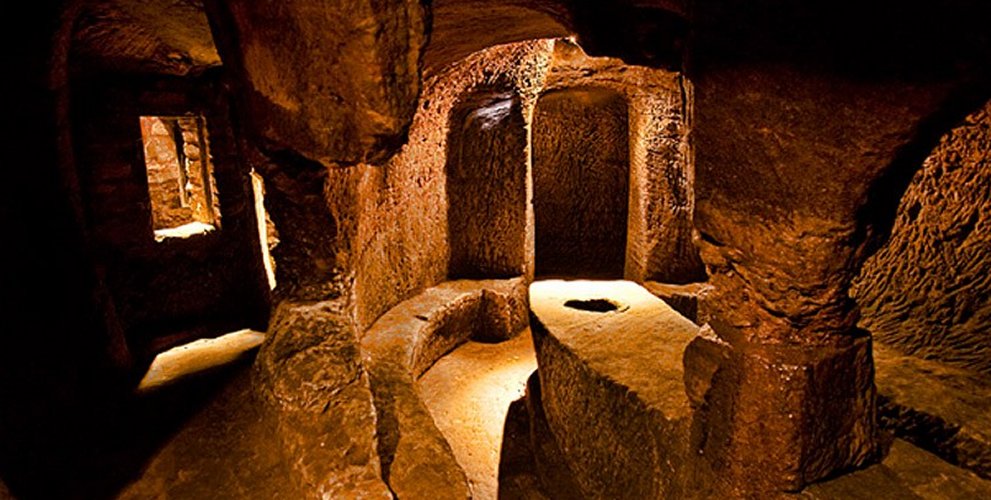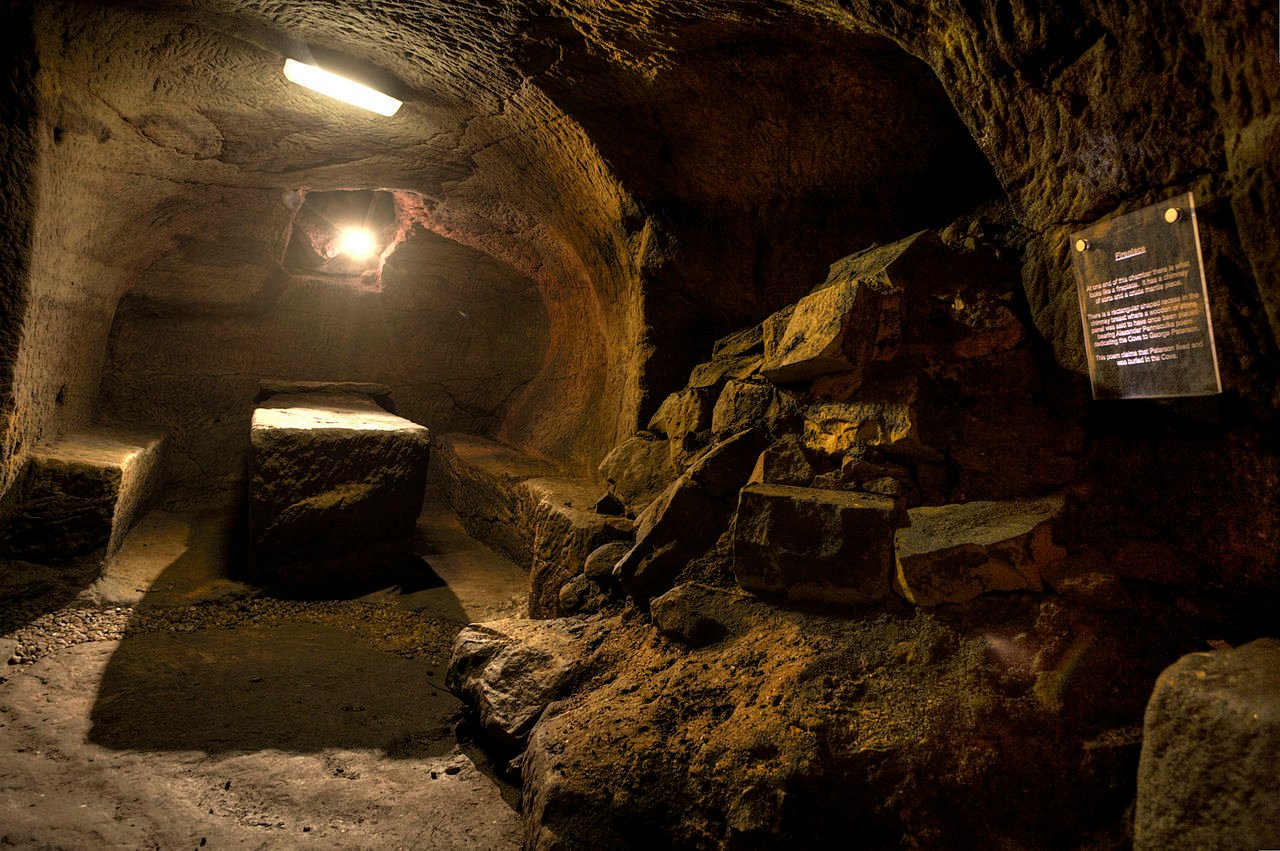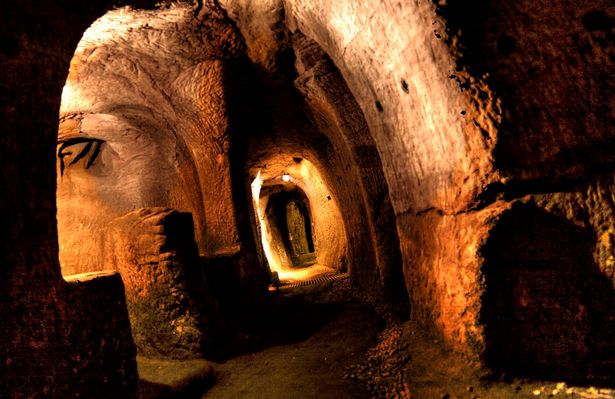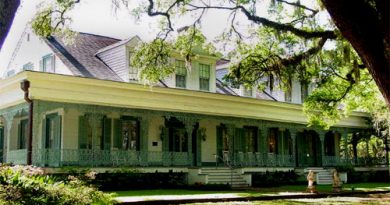Mystery of Gilmerton Cove
Gilmerton Cove is a series of underground passageways and chambers hand-carved from sandstone located beneath the streets of Gilmerton, an ex-mining village, now a southeastern suburb of Edinburgh, Scotland. A five-year collaborative project between Gilmerton Heritage Trust and The City of Edinburgh Council allowed the newly restored Cove to open in 2003 as an educational resource for the community as well as a place to visit.
There are many theories about the origins of the Cove and its purpose. It is known that it was the 18th century residence of local blacksmith, George Paterson. The parish records show that he was reprimanded for allowing alcohol to be consumed within the Cove on the sabbath. It is not known whether Paterson was responsible for carving the Cove. Just how old the caves are – is unknown; ancient records go as far back as the 18th century, but the system seems to be much older and it has baffled historians since its discovery.
The questions remain who constructed them? When? What was their true purpose and what have they been used for over the years?
There remains very little archaeological evidence to suggest why the tunnels were created. Over the years, people have suggested that that the seven chambers and numerous passages were a base for smugglers; a hiding place for religious refugees or simply a place for the gentry to drink.
One possible basis for the theory that the Cove was a discrete drinking place for the gentry comes from parish records, which confirm that in the 18th-century the tunnels were the residence of blacksmith George Paterson, who was reprimanded for allowing the consumption of alcohol within the Cove. And in 2007 the documentary series “Cities of the Underworld” featured the Cove in the episode “Scotland’s Sin City”. They concluded that the Cove was linked to the nearby Hellfire Club via a secret passage.
The Hellfire Clubs were a loose association of high society membership organizations for people who were reputed to “engage in immoral activities” – possibly including mock religious ceremonies where they ate “Holy Ghost Pie”, “Breast of Venus”, and “Devil’s Loin”. But beyond that, the clubs themselves are shrouded in mystery as well.

The only certainty that has been reached is that the Cove was definitely not linked to the production of ore, despite Gilmerton formerly being a mining town.
Behind a modest door on Drum Street, Gilmerton is an incredible network of caves and passageways, hewn from the sandstone by hand 10-15 feet below the street of the ex-mining town. 300-year-old pickaxe scars appear on every inch of wall and ceiling and stone ‘furniture’ in the form of tables, benches and even a bed, bear the squares and compasses of stonemasons long dead.
A scarce mention of the cove appears in a Liberton Parish Minister’s testimonial relating to the cove’s supposed craftsman, George Paterson. The local blacksmith claimed to have hewn the rooms and passages from the rock between 1719 and 1724. Thereafter, his family lived there until his death in 1737.
Church records indicate the Patersons used one room as a public house to sell alcohol – not unusual at the time, but once landing him in hot water when he disrespected the Sabbath. He was spared punishment by telling the judge Mrs Paterson had left the back door unlocked. On Wednesday 15th August 1906, a front page column by The Scotsman writer F.R. Coles digs deeper into George Paterson’s version of events – commonly referred to as ‘The Tradition’.

Coles, once Assistant Keeper of the National Museum of Antiquities, considers the legitimacy of Paterson’s claim, writing: “So remarkable a feat as the hewing-out of a series of chambers in solid rock and the dwelling therein of a blacksmith and his family would surely help to keep green the record of the man who performed it.
“But the Parish records are silent and locally, nothing more is known of Paterson than what is contained in the statement by the Parish minister of 1782.”

An excerpt of the 1906 article
Coles is considered the first to challenge The Tradition. He follows up by mathematically estimating the supposed workload for one man and scoffing at the superhuman ability he would have possessed in order to complete the dwelling in five years.
“Computing very roughly the amount of rock actually hewn and removed from the Cave (sic) before the chambers and passages were in a fit state for habitation, we are confronted with the result that rock to the extent of over half a million cubic feet and has thus been displaced,” writes Coles. “Is it credible that this quarrying was this one pair of arms, even if those arms drove the pick for several years?”
Source : ScotsMan



